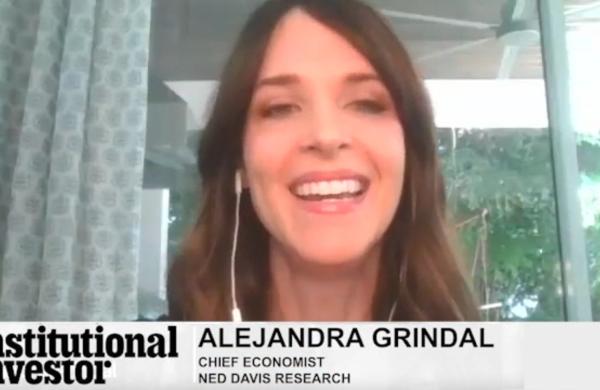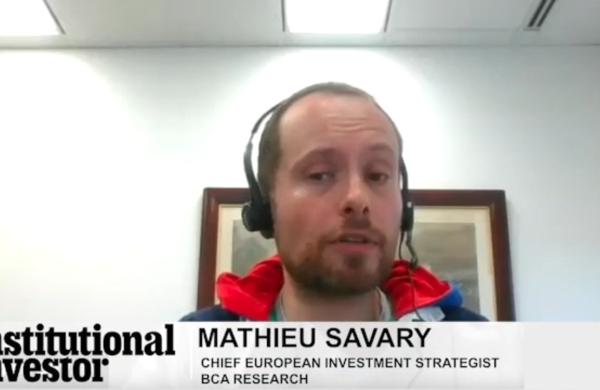Yesterday’s sharp rally in gold reminded investors that markets are capable of sudden, volatile swings in either direction. After spiking up by nearly 4 percent in a session despite a strong dollar, futures contracts for the precious metal have retreated overnight while silver also gave back gains. For now, gold markets, not unlike those for oil, appear to be undergoing a recalibration as investors weigh macro factors versus fundamentals. In a note issued yesterday JP Morgan analyst Natasha Kaneva wrote, “The liberalization of Indian gold imports is very supportive for gold demand, reinforcing our view that gold supply/demand fundamentals (led in part by strong Asian physical demand) will likely counterbalance broader macroeconomic headwinds.”
Euro zone PPI contracts down. Prices at the factory gate fell further than forecast, with the euro zone producer price index registering a decline of 0.4 percent from September. With the European Central Bank scheduled to announce a rate decision on Thursday, this latest evidence of deflationary pressure in the region adds to the political pressure for ECB president Mario Draghi and his team to take action.
Reserve Bank of Australia keeps rates at record lows. Reserve Bank of Australia officials announced that the benchmark overnight cash rate target will remain at 2.5 percent for the 16th consecutive month today. Bank governor Glenn Stevens and his colleagues issued a statement that soft commodity prices and an overvalued Australian dollar provide sufficient latitude to keep rates low as they focus on stimulating investment and propping up employment.
Yields fall in Japan. Despite the downgrade of Japan’s credit by Moody’s Investors Service one level to A1 yesterday, the yield on five-year government bonds reached record lows today as investors position for more Bank of Japan easing. Separately, Ministry of Labor statistics registered the 16th consecutive decline in wages earned in October, underscoring the challenges facing the administration of Prime Minister Shinzo Abe in the lead up to the country’s special election on December 14.
Hong Kong nears end game. After violent clashes with police in recent nights, there are now signals that remaining pro-democracy protesters will surrender occupied positions in downtown Hong Kong. A number of student leaders have announced plans to abandon their posts today after fresh injunctions were granted in court allowing protesters to be removed from public spaces by force. Meanwhile, the Hang Seng China Enterprises Index of mainland companies listed in Hong Kong rose by nearly 3 percent in trading today as investors focus on recent easing actions by the People’s Bank of China.
U.S. auto data is on deck. U.S. domestic vehicle sales data for November from Autodata is to be announced today, with consensus forecasts predicting a marginal uptick in the pace of buying. Consumer credit data for October, on the data agenda for Friday, is forecast to register further expansion of nonrevolving debt at the household level as car producers continue to boost sales through aggressive lending facilities.
Portfolio Perspective: Cheap Oil and the U.S. Economy — Adrian Miller, GMP Securities
Perhaps it stands to reason that energy, the sector that nearly brought the broad market to its knees in November, was the sector that captured the market’s attention during the first trading day of December. After Brent and WTI posted dramatic declines of 18.3 percent and 17.9 percent in November, Monday witnessed a robust snap-back with Brent and WTI rallying up 4.1 percent and 4.9 percent, respectively to $72.98 and $69.39. We suspect there will be no shortages of proposed explanations as the catalysts that led the rally in crude. In truth, however, there were no real fundamental reasons outside of Monday being a new month and the monthly performance clock starting anew with some investors banking on a theory that crude has been oversold.
With that, if we are to believe Saudi Arabia, which said the supply/demand imbalance will be allowed to correct itself, then we can expect crude prices to decline further. After all, if the primary reason behind the collapse in crude is more about supply than demand and supply is not expected to change in the near term, we need a notable pickup in global growth to absorb the approximate 1 million barrels a day in excess supply. And when you consider that most economies — with the exception of the U.S. — continue to struggle to get out of their own way, a weak crude environment could persist well into 2015.
Now extending the debate about the falloff in crude as it relates to it being more good than bad for growth, in short, at least as it relates to the U.S. economy, the decline in oil and gas prices should be a net positive for growth. Indeed the added benefit for consumers with approximately $75 billion of additional disposable income available for consumption coupled with a lowering of input cost for noncrude producing companies should deliver a boost to U.S. growth even as a segment of business investments is curtailed throughout the U.S. energy sector.
Of course, the larger question remains of persistent weaker commodity prices extending downward pressure on inflation expectations that could ultimately weigh on U.S. growth as global growth sputters further over the near to medium term.
Adrian Miller is the director of fixed-income strategies for GMP Securities in New York.






